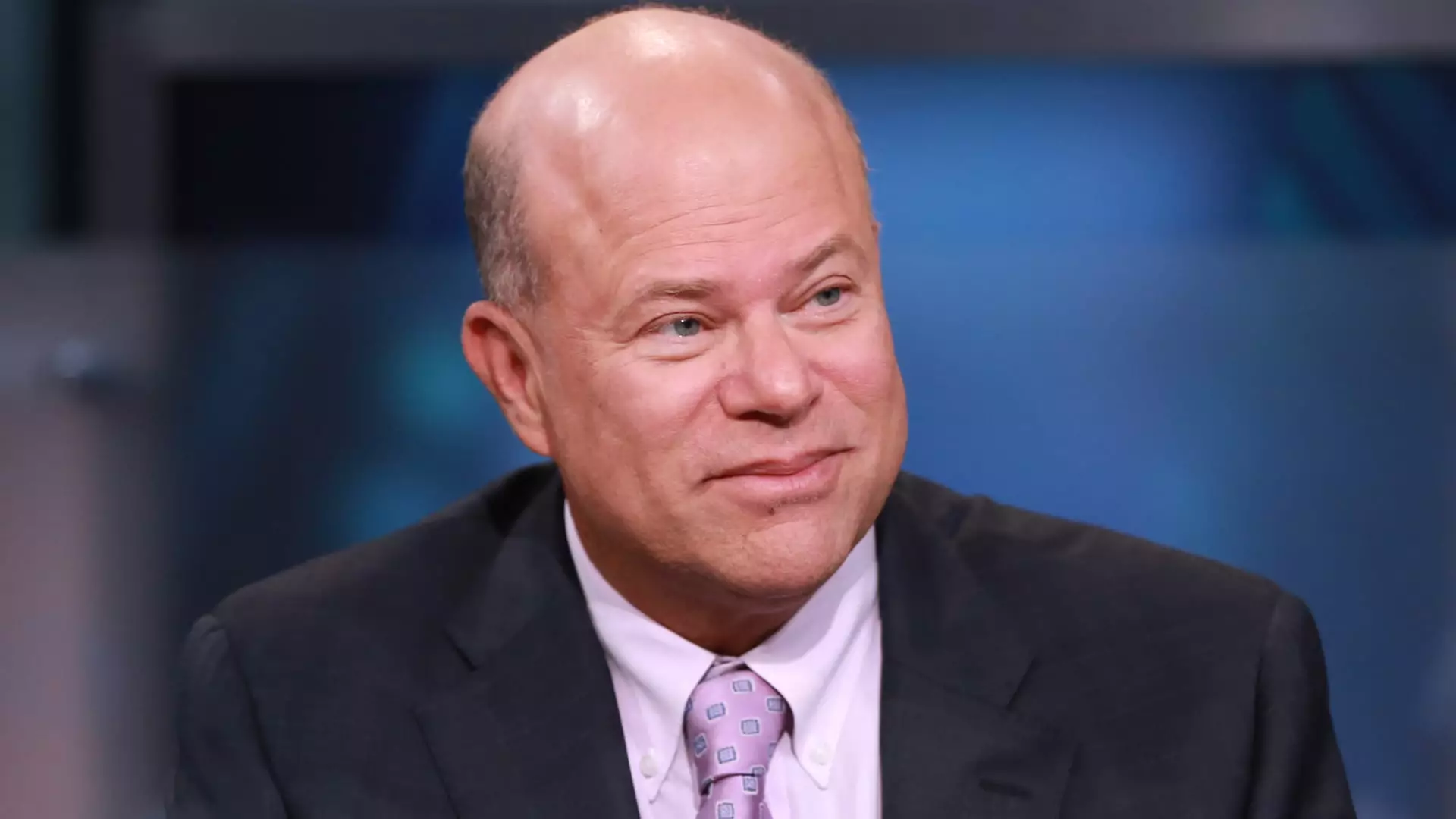In recent months, the Federal Reserve has taken decisive steps to modify its monetary policy, resulting in significant effects on investor sentiment. With the economy exhibiting signs of stability, it’s intriguing to note the timing and reasoning behind the Fed’s decision to implement a half-percentage point rate cut. Understanding these decisions is pertinent, not just for monitoring the markets, but for shaping future investment strategies. Notably, David Tepper, a prominent investor and founder of Appaloosa Management, has made compelling observations regarding the Fed’s commitment to maintaining credibility as they embark on this easing path.
Tepper emphasizes the necessity for the Federal Reserve to adhere to its communicated changes in policy. He suggests that Powell and his team have exhibited “conviction” in their messaging, indicating that investors should trust the Fed’s intentions in lowering interest rates. This belief is bolstered by the Fed’s “dot plot,” which suggests an expectation of future rate cuts. Tepper prophesizes two or three more reductions of 25 basis points each, as a failure to do so might undermine the central bank’s credibility.
However, the rationale behind such aggressive monetary easing, especially when economic indicators, such as GDP growth and consumer confidence, remain robust, raises questions. Tepper recalls past experiences from the 1990s, where the Fed made similar cuts during a healthy economy leading up to the Y2K scare. This historical context prompts investors to ponder whether a repeat of such economic policy could potentially misfire.
While Tepper expresses concern regarding the macroeconomic setup for U.S. equities amid easing policies, he is cautious not to short sell the market. His position primarily stems from the recognition that the infusion of easy money can often stimulate stock prices. Tepper articulates the dilemma facing value investors in the current climate, wherein traditional valuation metrics appear less attractive. The juxtaposition of a seemingly solid economic foundation and loose monetary policy creates a paradox for many investors hoping to navigate a landscape rife with uncertainties.
Importantly, Tepper’s comments reflect a common sentiment among investors; managing risk is crucial in a scenario where easy money can lead to inflated asset prices and potential market corrections. His cautious optimism reveals a balancing act between leveraging market opportunities and remaining wary of overvaluation.
In a bold pivot, Tepper shares his investment strategy involving a substantial focus on Chinese markets. The backdrop of the Fed’s rate cut, coupled with a range of support measures from the Chinese government aimed at invigorating its economy, evidently provides Tepper with confidence in seeking opportunities beyond U.S. borders. This international perspective highlights a broader trend among investors looking to diversify their portfolios in response to changing economic sentiment domestically.
The preference for Asian and European equities over U.S. stocks aligns with a growing belief that emerging markets may offer more compelling growth narratives amidst an evolving geopolitical landscape. Tepper’s insights prompt a reevaluation of investment strategies that have predominantly centered on U.S. equities, particularly in a world where economic fundamentals are not uniform across regions.
As David Tepper articulately conveys, the intersection of federal policy and economic performance presents both challenges and opportunities for investors. While there is a palpable concern regarding the implications of the Fed’s actions on market stability, it is equally crucial to recognize the transformative potential these changes can initiate. By remaining agile and informed, investors can position themselves to capitalize on emerging trends, whether domestically or internationally.
In essence, the current financial landscape requires not only an understanding of economic indicators but also an anticipatory approach to central bank actions. With Tepper’s comments serving as a reflective guide, it becomes apparent that the prudent investor must carefully assess both the risks and the rewards of the forthcoming rate cuts, thereby crafting a strategy that is both robust and adaptable to the ever-shifting tides of the global economy.

